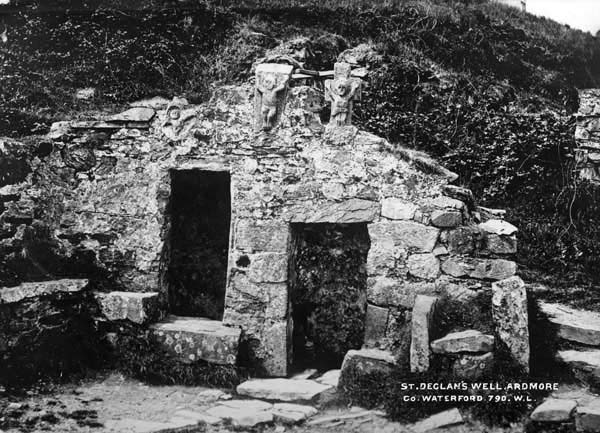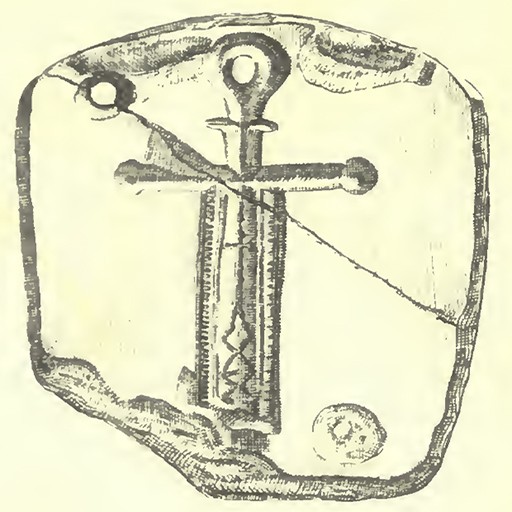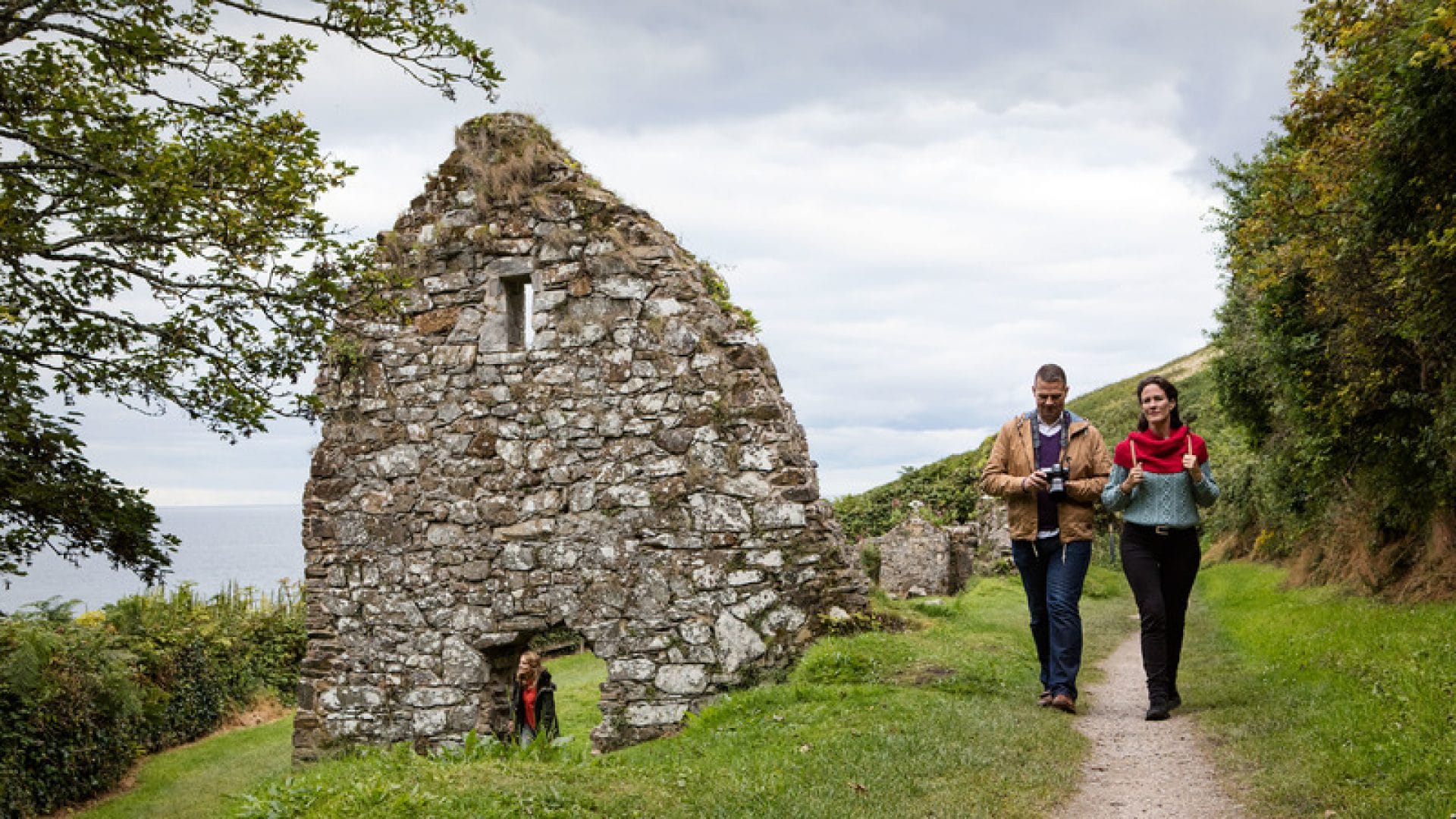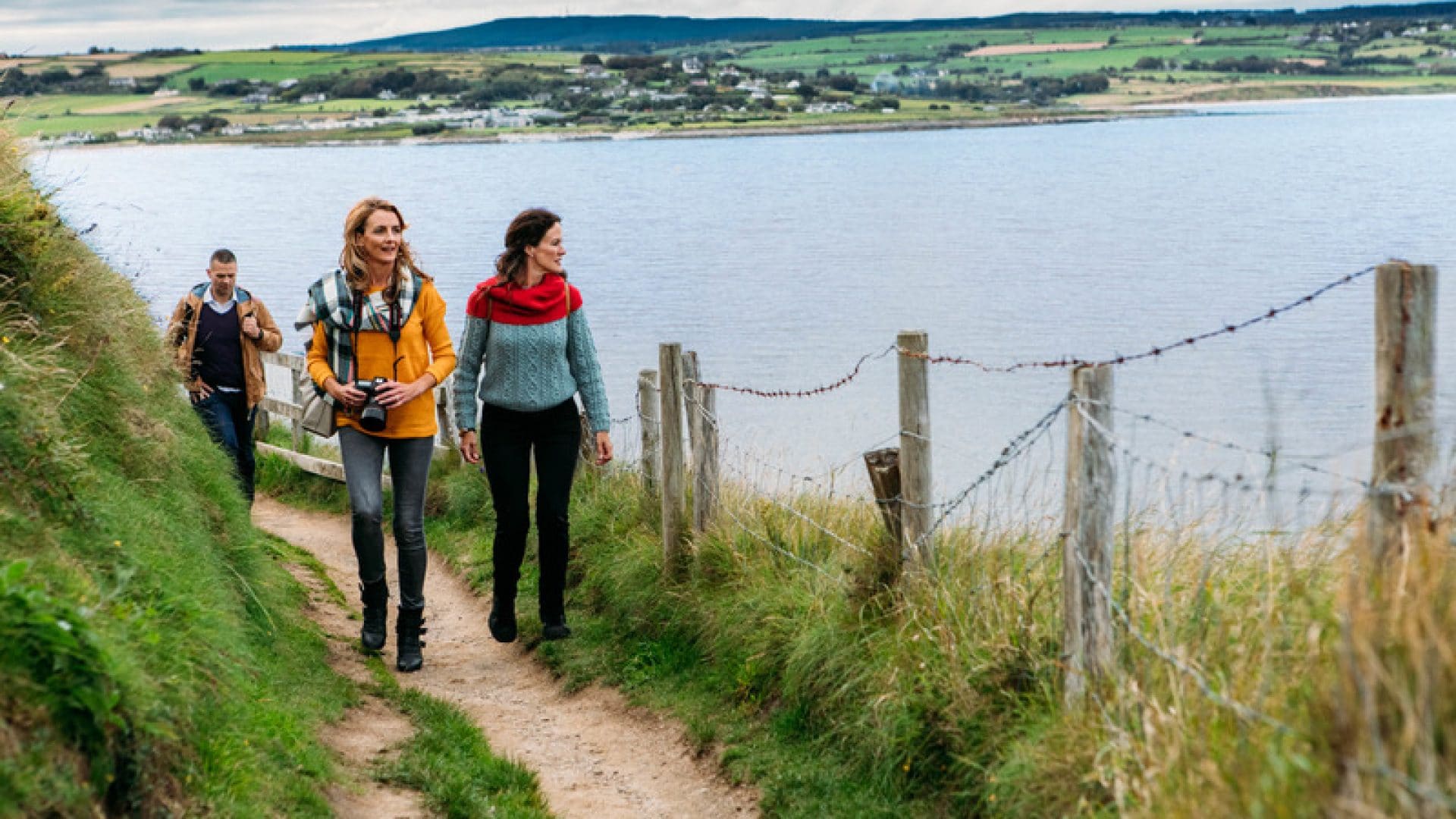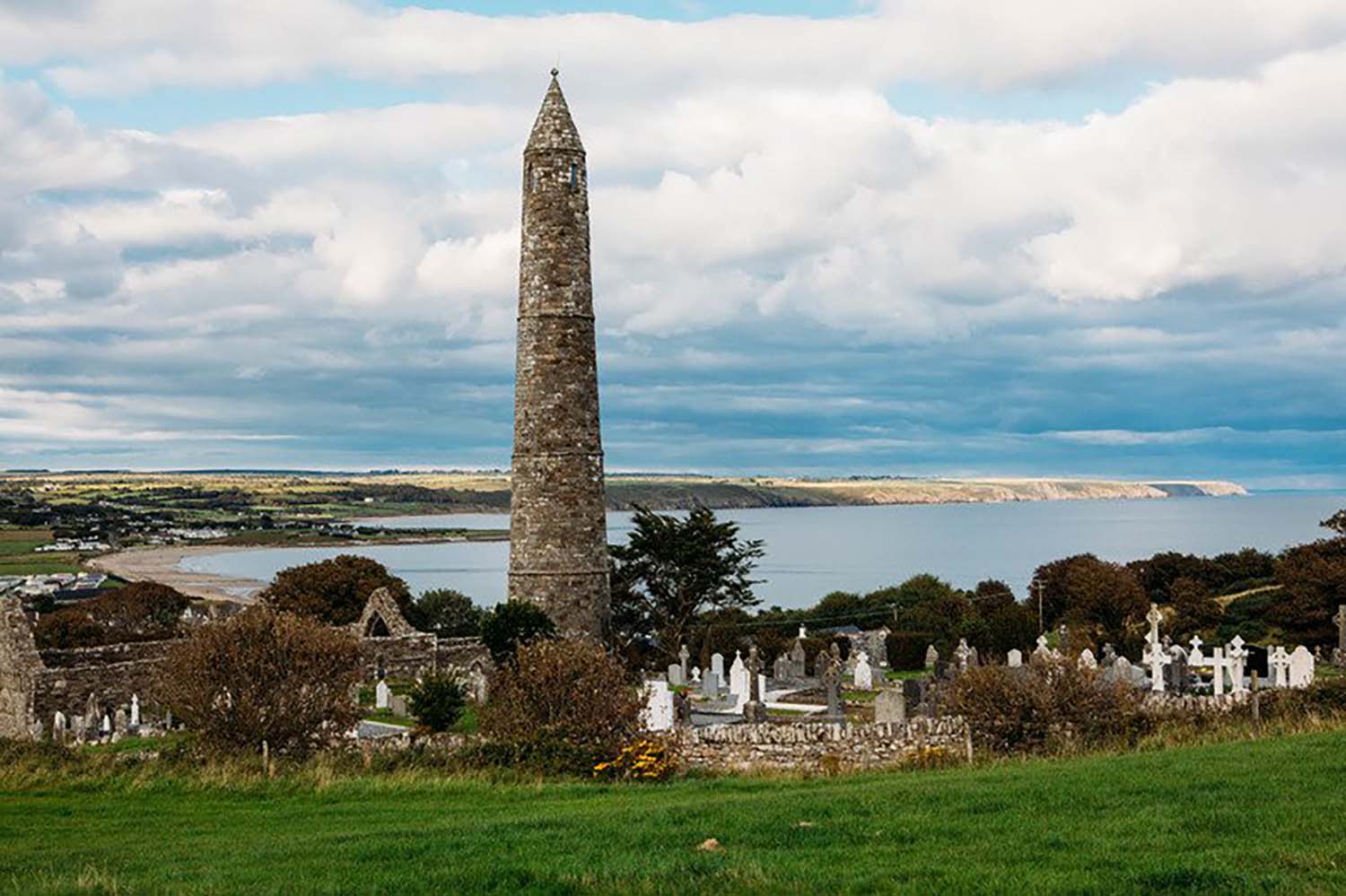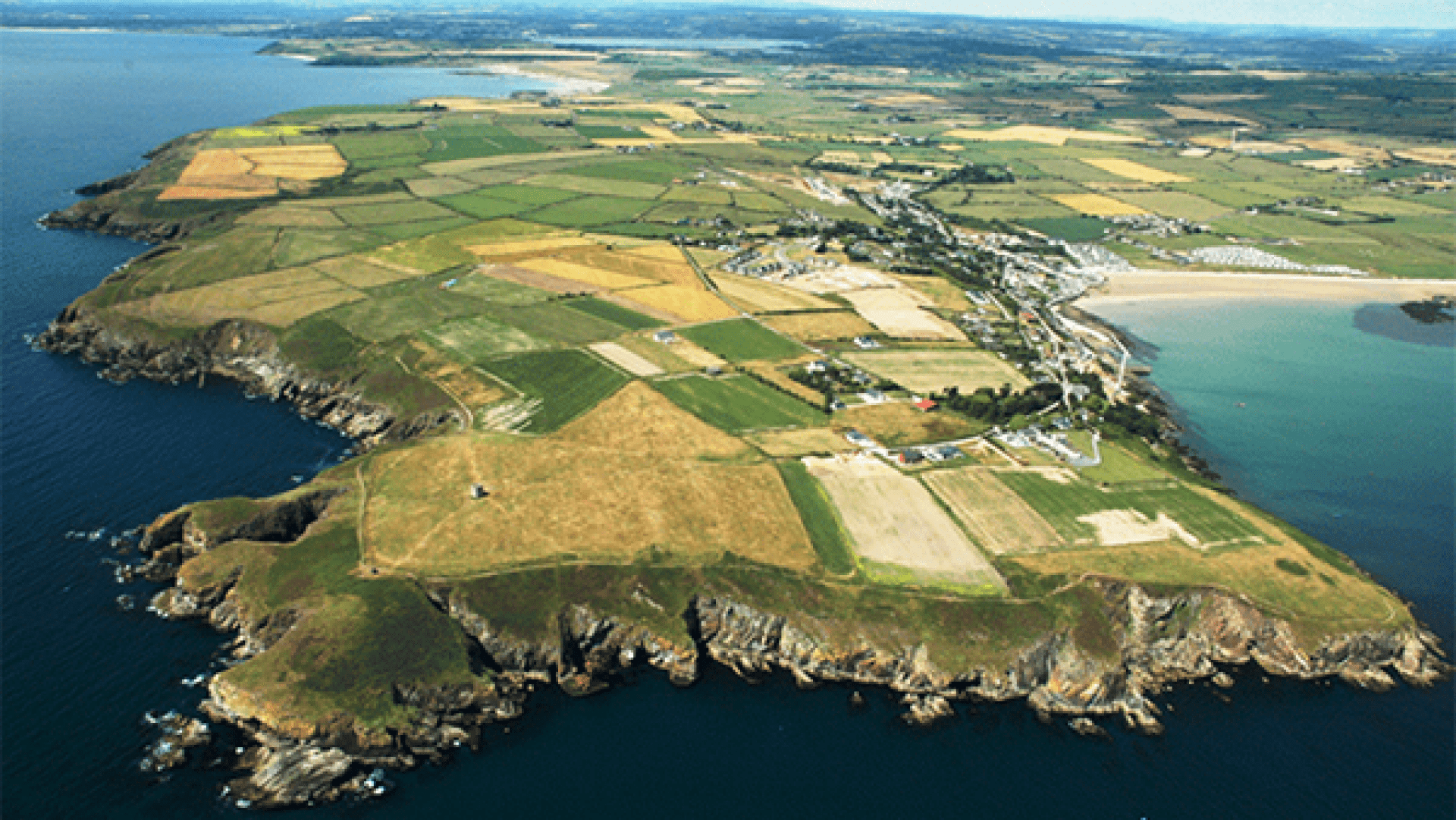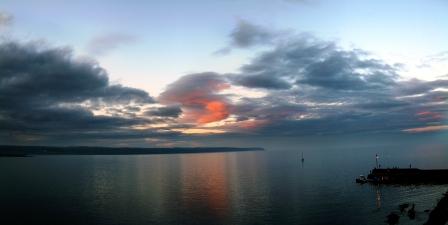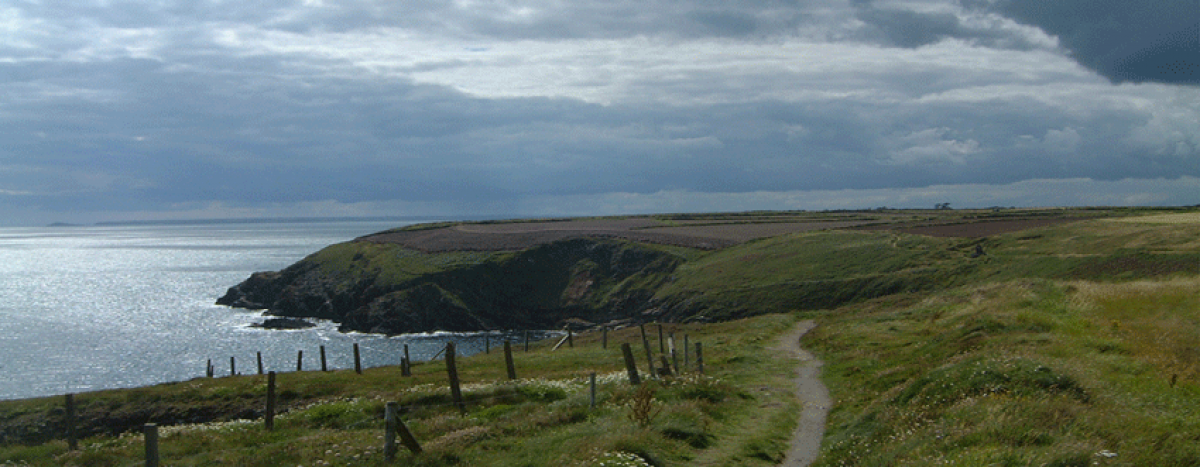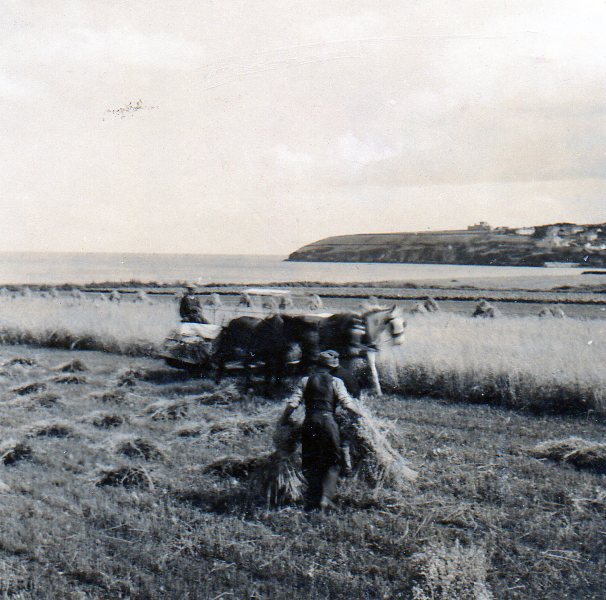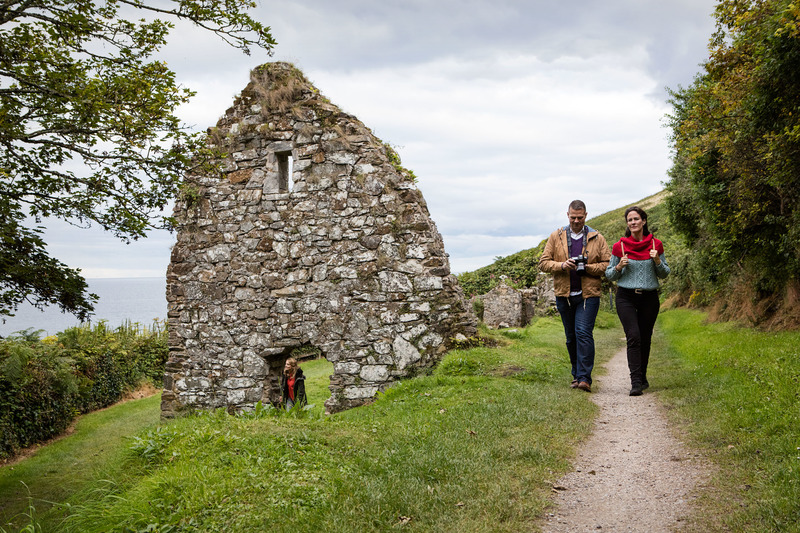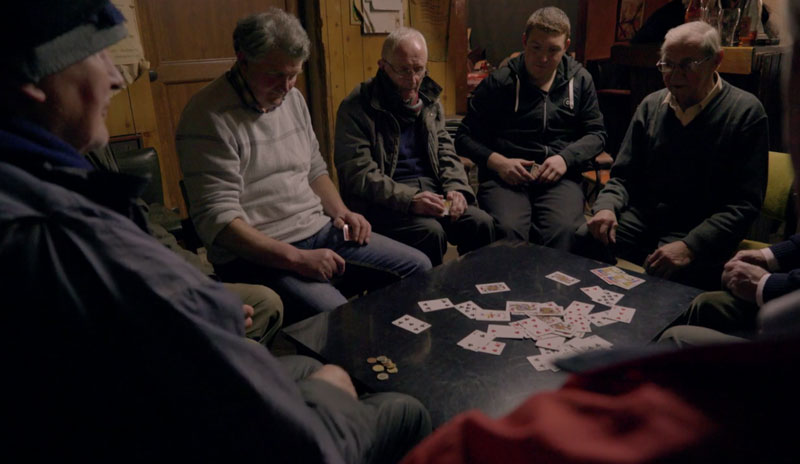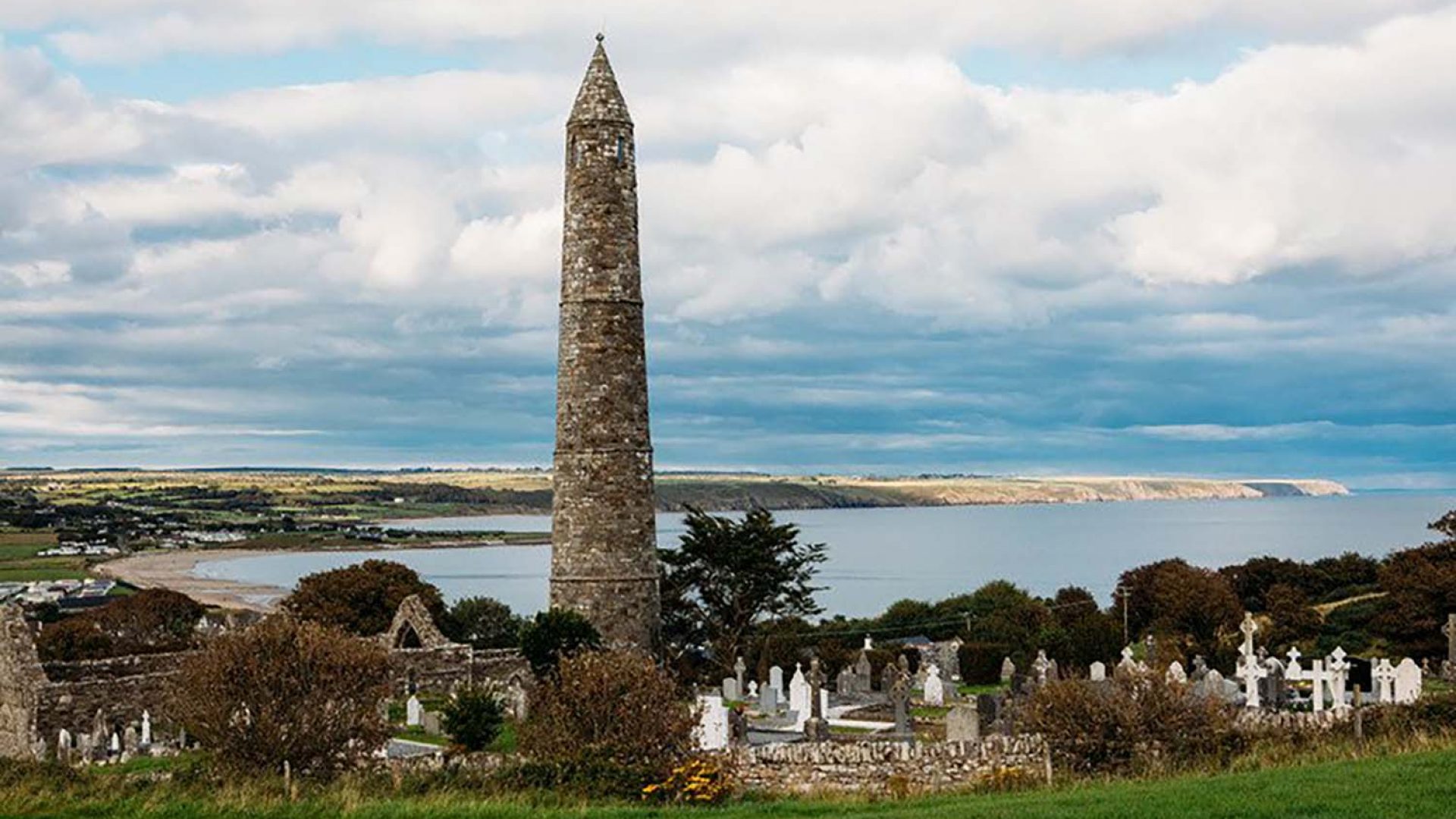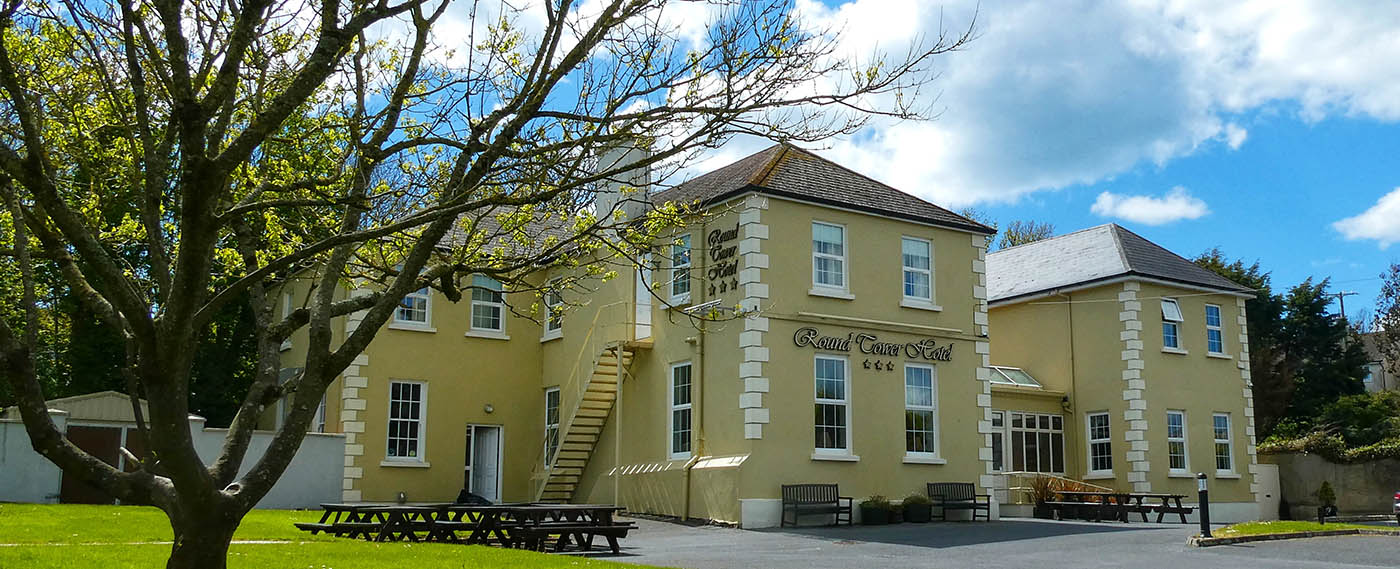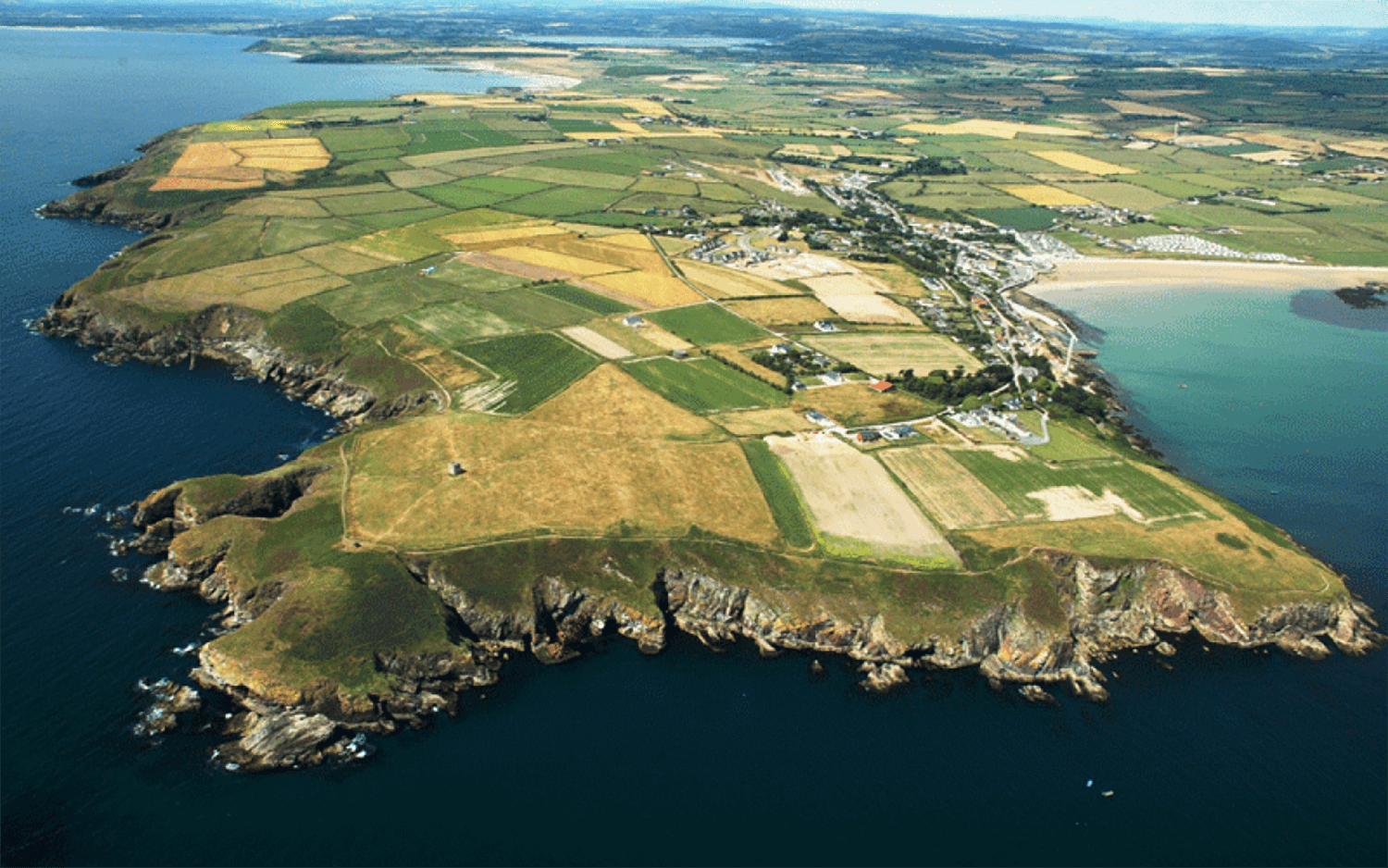In the 1845 edition of Fraser’s Magazine for Town and Country, Ardmore, County Waterford, was depicted as a charming seaside village steeped in history and natural beauty. This article provides a captivating glimpse into the life and landscape of Ardmore during a pivotal time in Irish history.
A Picturesque Coastal Village
The article paints Ardmore as a picturesque destination, nestled along the stunning coastline of Waterford. Its scenic views, with dramatic cliffs and sandy beaches, made it an appealing spot for visitors seeking tranquility and inspiration. The village’s idyllic setting is described as a place where nature and history intertwine, offering a unique atmosphere that captivates all who visit.
Historical Significance
Ardmore’s rich historical tapestry is woven with tales of early Christianity, mainly through its association with St. Declan. The article highlights the significance of St. Declan’s monastery, one of the earliest Christian sites in Ireland, established in the 5th century. This early ecclesiastical influence laid the foundation for Ardmore’s spiritual legacy, attracting pilgrims and scholars alike.
Architectural Features
The article also notes notable architectural features of Ardmore, including the remnants of ancient structures that speak to its storied past. The Round Tower, a prominent landmark, is highlighted as a symbol of Ardmore’s medieval heritage. This impressive structure served as a lookout point and a refuge during times of conflict.
The Impact of the Great Famine
While celebrating Ardmore’s beauty and history, the article does not shy away from addressing the pressing issues of the time. In 1845, Ireland was on the brink of the Great Famine, which would devastate communities nationwide. The looming crisis is a significant concern for Ardmore’s residents, many of whom relied on agriculture and fishing for their livelihoods.
A Community Resilient in Spirit
Despite the challenges posed by economic hardship and impending famine, the spirit of Ardmore’s community shines through in the article. Local traditions and customs are celebrated, reflecting a deep connection to the heritage that has sustained residents through difficult times.
Conclusion
The insights from Fraser’s Magazine in 1845 offer a valuable snapshot of Ardmore at a crucial juncture in Irish history. As you explore this enchanting village today, take a moment to appreciate its rich past—a place where faith, resilience, and natural beauty come together to create an enduring legacy. Whether walking along its scenic shores or visiting its historic sites, Ardmore invites you to connect with its vibrant story that continues to unfold through time.
Citations:
[1] https://onlinebooks.library.upenn.edu/webbin/serial?id=frasers
[2] https://www.waterfordmuseum.ie/exhibit/web/Display/article/373/Ardmore_Memory_and_Story__Troubled_Times.html
[3] https://books.google.com/books/about/Fraser_s_Magazine_for_Town_and_Country.html?id=gqnP5dilkU4C
[4] http://homepage.eircom.net/~westwaterford/history.htm
[5] https://books.google.com/books/about/Fraser_s_Magazine_for_Town_and_Country.html?id=xGYyAQAAMAAJ
[6] https://www.southeastireland.com/pwaterford-history.html
[7] https://www.ardmorewaterford.com/ardmore-1845/
[8] https://www.askaboutireland.ie/reading-room/digital-book-collection/digital-books-by-county/waterford-county-1/egan-history-guide-direct/
[9] https://www.waterfordmuseum.ie/exhibit/web/Display/category/1/2/3/5/
